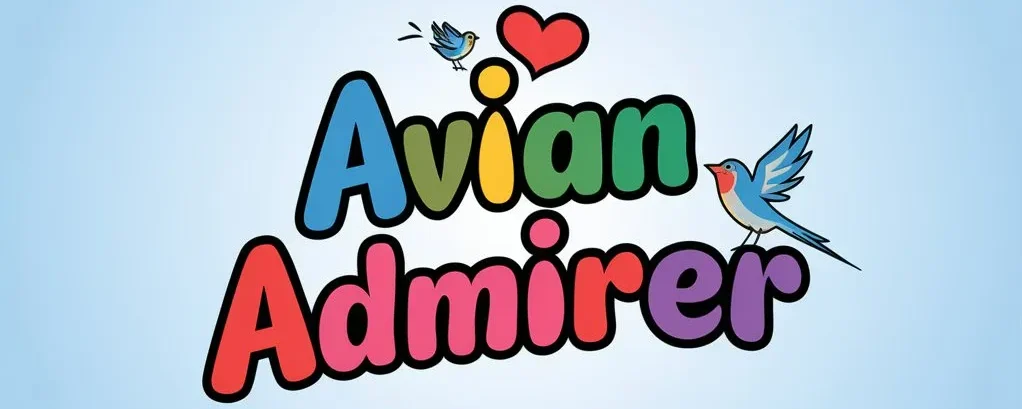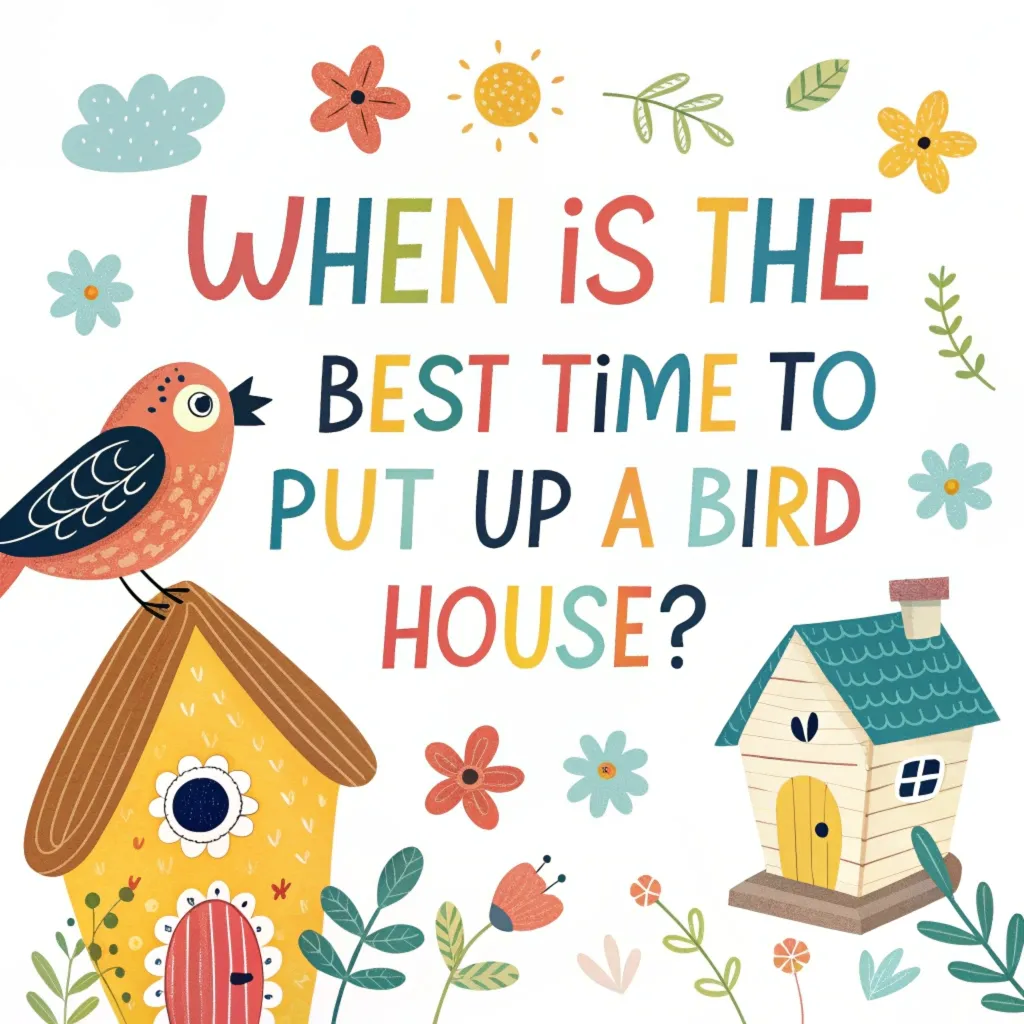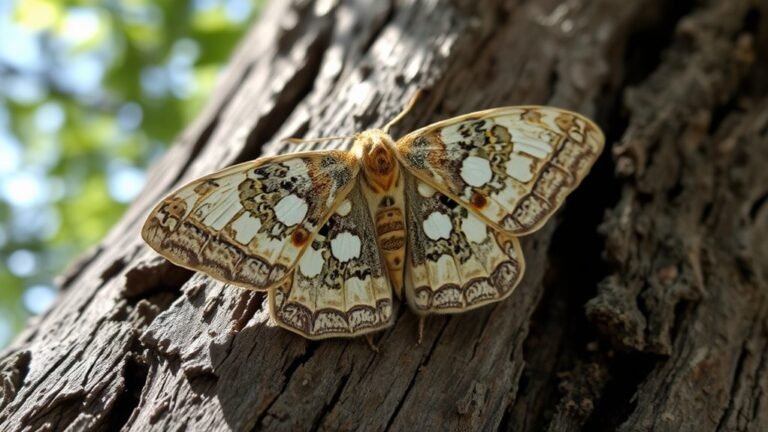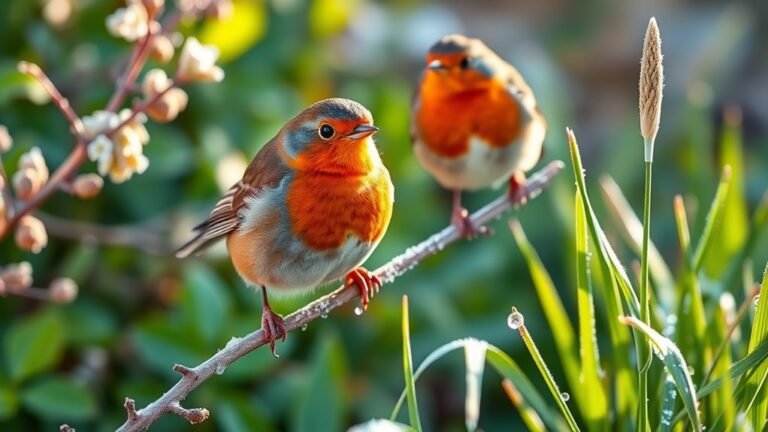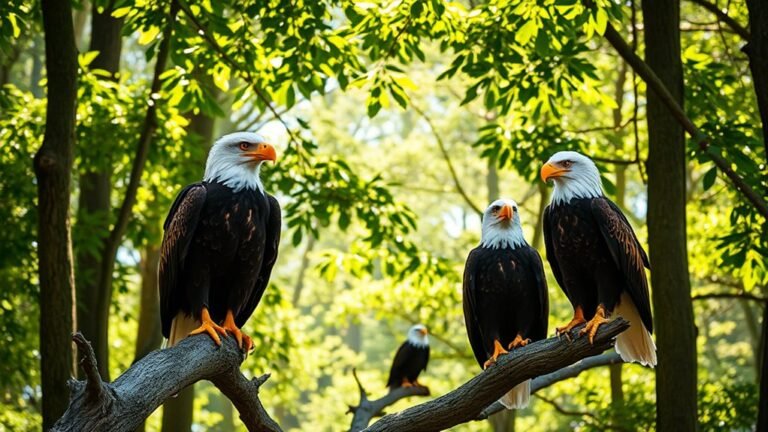When Is The Best Time To Put Up A Bird House?
Have you ever wondered when to put up a bird house in your backyard? It’s an exciting way to help our feathered friends! Birds need safe places to build nests and raise their babies. By putting up a bird house at the right time, you can give birds a cozy home.
This guide will tell you when to set up bird houses and how to make birds want to live in them. You’ll learn about different birds and their nesting habits.
We’ll also share tips to make your yard a bird-friendly place. Get ready to become a bird house expert and make some new winged neighbors!
Key Takeaways: When to Put Up Bird Houses
- Late winter to early spring: The ideal time to install bird houses
- Year-round benefits: Bird houses can serve as shelters in all seasons
- Species-specific timing: Different birds have varying nesting schedules
- Early preparation: Setting up houses before mating season is crucial
- Multiple broods: Some birds nest multiple times per year
- Late installations: Can still attract birds for second or third broods
- Winter shelter: Bird houses provide protection during cold months
- Maintenance timing: Clean and inspect houses annually or bi-annually
- Location matters: Proper placement is as important as timing
- Patience required: It may take time for birds to adopt new houses
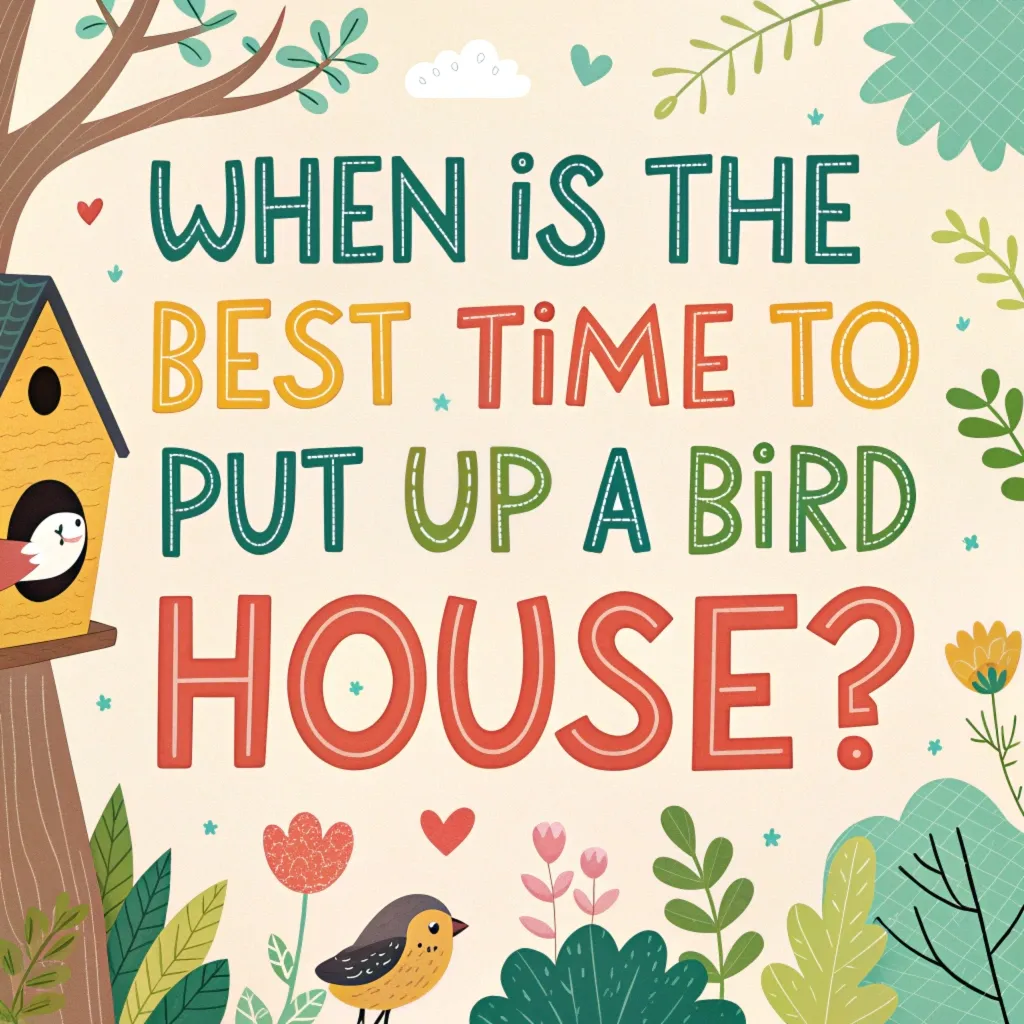
Understanding Bird Nesting Seasons
Birds typically nest in spring. However, the exact timing varies by species. Some birds start looking for nesting sites as early as late winter. This behavior is part of their mating rituals. Providing a suitable nesting spot can be attractive to potential mates.
Birds are like people looking for a new home. They start house hunting in spring. Some birds are early birds and start looking in late winter.
They want to find the perfect spot to build their nests and raise their babies. If you put up a bird house, it’s like putting up a “For Rent” sign for birds. They might choose your house to make their new home!
The Optimal Time to Install Bird Houses
The best time to put up bird houses is in late winter or early spring. This timing allows birds to:
- Discover the houses before mating season
- Evaluate potential nesting sites
- Claim territories
Installing houses during this period catches early nesters and provides options for late nesters.
Putting up bird houses is like getting ready for a party. You want to set up early so your bird guests have time to find your house. The best time is when winter is ending and spring is starting.
This gives birds plenty of time to check out your bird house and decide if they want to move in. Some birds are early birds, and some are late birds, but your house will be ready for all of them!
Year-Round Benefits of Bird Houses
Bird houses serve purposes beyond nesting:
- Winter shelter: Protect birds from harsh weather
- Predator protection: Offer safe hiding spots
- Roosting sites: Provide resting places year-round
Bird houses are not just for spring and summer. They are like cozy hotels for birds all year long. In winter, birds can use them to stay warm and dry when it’s cold outside.
They also help birds hide from animals that might want to eat them. Even when birds are not making nests, they can use bird houses as a safe place to rest and sleep.
Species-Specific Timing Considerations
Different bird species have unique nesting schedules:
- Swallows and bluebirds: May scout locations a month before spring
- House wrens: Often have multiple broods annually
- Woodpeckers: Might seek new sites if first nests are disturbed
Just like people, different types of birds like to do things at different times. Some birds, like swallows and bluebirds, start looking for homes very early. They’re like early shoppers at a store sale! Other birds, like house wrens, might have babies more than once a year.
And woodpeckers might need to find a new home if something bothers their first nest. It’s important to know these things so you can help all kinds of birds.
Late Installations Can Still Attract Birds
If you miss the early spring window, don’t worry. Many birds have multiple broods each year. A late-installed bird house can be perfect for:
- Second or third broods
- Birds restarting nesting efforts due to disturbances
Don’t worry if you put up your bird house a little late. It’s like being late to a party – you can still have fun! Some birds have babies more than once each year.
So even if you put up your bird house later, birds might still use it. Maybe they want to have more babies, or maybe something happened to their first nest. Your bird house can be their new home sweet home!
Preparing Bird Houses for Winter Use
To help birds during winter:
- Install houses in late summer
- This gives birds time to locate shelters before cold weather sets in
Getting bird houses ready for winter is like getting your coat out before it gets cold. You want to put up bird houses in late summer. This gives birds time to find them before it gets really cold.
Birds need warm places to stay in winter, just like we need warm houses. By putting up bird houses early, you’re helping birds stay safe and cozy all winter long.
Maintenance and Cleaning Schedule
Regular maintenance is crucial:
- Clean houses annually or bi-annually
- Best times: After nesting season or before spring
- Remove old nesting material
- Check for damage or safety hazards
Cleaning bird houses is like cleaning your room. It’s important to do it regularly to keep things nice and healthy. You should clean bird houses once or twice a year.
The best times are after birds have finished using them or before spring when new birds might move in. Take out old nests and make sure the house isn’t broken. This helps keep the birds safe and happy in their home.
Proper Placement of Bird Houses
Location is as important as timing:
- Place houses 6-12 feet above ground
- Use metal or PVC poles for predator protection
- Ensure houses face away from prevailing winds
- Provide nearby perching spots for parent birds
Putting a bird house in the right place is like choosing where to put your bed in your room. It needs to be just right! Bird houses should be high up, about as high as a tall person or higher.
This keeps birds safe from animals that might want to eat them. Make sure the house doesn’t face the wind, so birds don’t get cold.
And give birds places to sit near their house, like branches. This makes it easy for parent birds to take care of their babies.
Attracting Birds to Your Yard
To increase the chances of bird house occupancy:
- Offer bird feeders and water sources
- Plant native trees and shrubs
- Minimize pesticide use
- Provide nesting materials
Making your yard bird-friendly is like inviting friends over to play. You want to make it fun and comfortable for them! Put out bird feeders so birds have yummy food to eat.
Give them water to drink and splash in. Plant trees and bushes that birds like. Don’t use chemicals that might hurt birds.
And leave out things like twigs and grass that birds can use to build nests. If you do these things, more birds will want to visit and live in your yard!
Monitoring and Patience
After installation:
- Monitor houses discreetly
- Be patient – it may take time for birds to adopt new houses
- Observe from a distance to avoid disturbing nesting birds
Waiting for birds to use your bird house is like waiting for a new friend to come over. You need to be patient and give them time. Watch your bird house, but do it quietly so you don’t scare the birds.
It might take a while for birds to decide to move in. That’s okay! Keep watching from far away, and don’t bother the birds if they do start using the house. Soon, you might have some new feathered neighbors!
FAQs About Bird House Timing
When should I clean out a bird house?
Clean bird houses at least once a year, preferably after the nesting season ends or before spring begins.
Can I put up a bird house in summer?
Yes, you can install bird houses in summer. Some birds may use them for late broods or as shelter.
Do birds use houses in winter?
Many non-migratory birds use houses as shelter during cold winter months.
How long does it take for birds to start using a new house?
It varies, but it can take anywhere from a few days to a full season for birds to adopt a new house.
Should I remove old nests from bird houses?
Yes, remove old nests to prevent parasite buildup and prepare the house for new occupants.

Ava is a bird enthusiast and nature lover who has spent countless hours observing and learning about the fascinating world of birds. With a passion for sharing her knowledge and inspiring others to appreciate the beauty of birds, Ava writes about her experiences and insights on avianadmirer.com.
